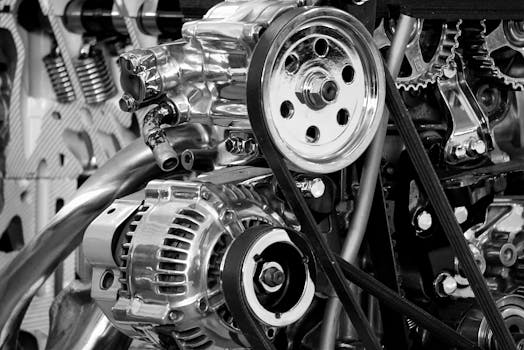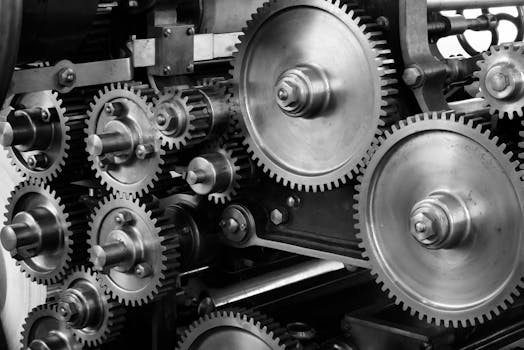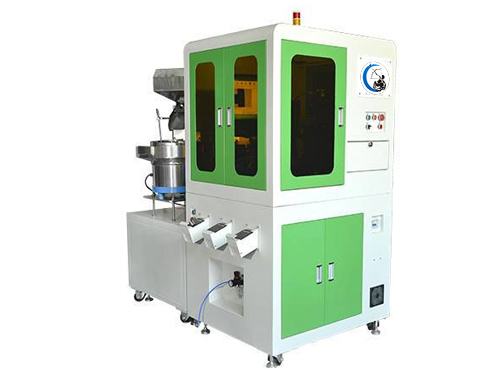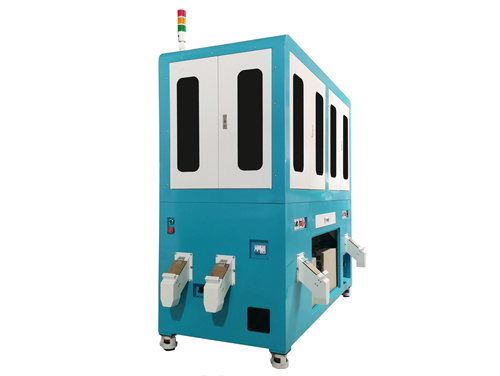
Why Is Automation So Important in Photovoltaic Optimizer Production?
2025-11-04
In our last article, we explored how automatic assembly lines help produce solar optimizers. But today, let’s dig deeper into the “why” — why automation is no longer just an option, but a necessity in the photovoltaic industry.
The Growing Demand for Clean Energy
With global interest in renewable energy skyrocketing, the photovoltaic (PV) industry is under huge pressure to scale production. Every country wants more efficient solar panels — and fast.
That means factories must produce millions of optimizers each year, each one with flawless precision. Manual production simply can’t keep up.
How Automation Solves the Challenge
An optimizer automatic assembly line replaces repetitive manual labor with smart robotics and AI vision inspection.
It ensures:
-
Consistent quality control
-
24/7 production with minimal downtime
-
Real-time data feedback for process optimization
And here’s the kicker — automation not only boosts speed but also drastically reduces error rates. No more uneven soldering or faulty connections.
Real-Life Impact
You might be wondering how this affects you. Imagine your solar panel system running smoothly for 20 years with minimal maintenance — that’s the real-world benefit of automated manufacturing.
Better production = better performance = better savings.
It’s kind of like how your smartphone got faster and more reliable as manufacturing became smarter — the same evolution is happening with solar technology.
A Step Forward in Smart Manufacturing
Just as we saw with CCD detection systems and non-standard material feeding machines, the photovoltaic assembly line shows how automation connects the dots between efficiency and sustainability.




